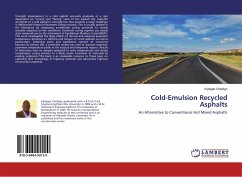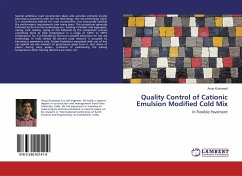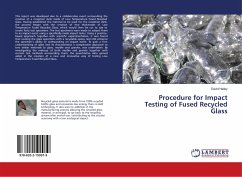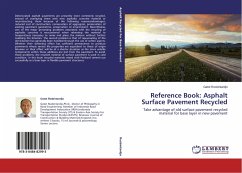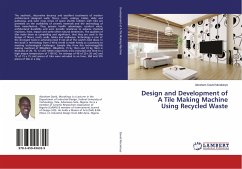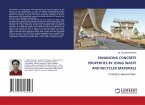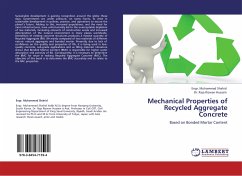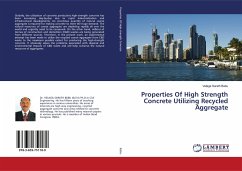Strength development in a cold asphalt proceeds gradually at a rate dependent on "curing" and "fluxing" rates of the asphalt mix. Early-life strenghth of a cold asphalt is normally low thus presents a major challenge in Mechanistic-Empirical Pavement Design process. This is usually tackled in the laboratory by employing accelerated curing protocols to closely simulate expected on-site conditions. Dominant curing regimes use steady state temperatures to the attainment of Equilibrium Moisture Cotent(EMC). This work investigated the likely effects of diurnal and seasonal pavement temperature dynamics on stiffness and fatigue of cured asphalts as well as penetration, softening point and asphaltene content of recovered bitumen.To achieve this, a predictive model was used to simulate expected pavement temperature peaks in the tropical and temperate regions. Results of laboratory tests on samples subjected to cyclic temperatures and steady temperature curing pointed to a likely severe treatment of materials by existing protocols. This book is an invaluable resource to those keen on updating their knowledge of highway materials and alternative highway construction materials
Bitte wählen Sie Ihr Anliegen aus.
Rechnungen
Retourenschein anfordern
Bestellstatus
Storno

